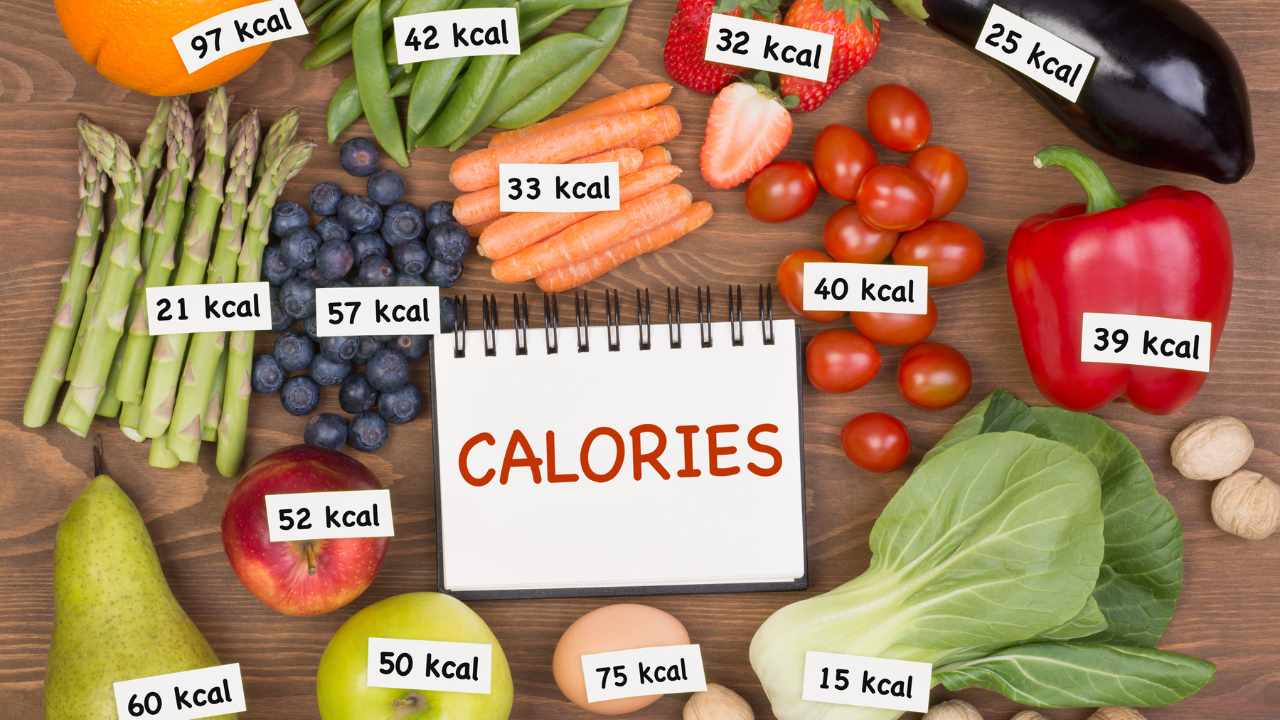Maintaining a healthy diet is crucial for living a long and active life. For those looking to lose weight or simply maintain a balanced lifestyle, consuming low-calorie meals can be an effective strategy. But, what exactly is a low-calorie meal, and what are the healthiest options available? In this blog post, we will dive deep into the best low-calorie meals, discuss the nutritional benefits, and provide you with tips for making these meals at home.
What is a Low-Calorie Meal?
A low-calorie meal is typically one that contains fewer calories than your daily caloric intake. For an average adult, the recommended daily caloric intake ranges from 1,800 to 2,400 calories, depending on factors like age, gender, and activity level. Low-calorie meals generally range from 300 to 600 calories per serving, making them an excellent choice for people who are trying to reduce their caloric intake.
But, not all low-calorie meals are created equal. Some meals may be low in calories but lack essential nutrients, while others offer a balanced combination of vitamins, minerals, and proteins. To get the most out of your low-calorie meals, it’s essential to choose foods that are not only low in calories but also high in nutrients.
Also Read
Top Healthiest Low-Calorie Meals
1. Grilled Chicken Salad
Grilled chicken breast, mixed greens, cucumbers, cherry tomatoes, and a light vinaigrette dressing make a perfect low-calorie meal. Chicken is a great source of lean protein, while the salad provides fiber, vitamins, and minerals. The dressing can be made with olive oil and vinegar, providing healthy fats without unnecessary calories.
-
Calories: ~350-400
-
Nutritional Benefits: High in protein, low in fat, rich in fiber, and packed with vitamins like Vitamin C and Vitamin K.
2. Vegetable Stir-Fry
A vegetable stir-fry with bell peppers, broccoli, carrots, and zucchini, cooked in a small amount of olive oil, is another excellent low-calorie option. This dish is packed with antioxidants, fiber, and vitamins, while the minimal use of oil helps keep the calorie count low.
-
Calories: ~250-300 (without rice or noodles)
-
Nutritional Benefits: Full of fiber, Vitamin A, Vitamin C, and other essential nutrients from vegetables.
3. Zucchini Noodles with Pesto
Zucchini noodles, also known as “zoodles,” are a great low-calorie substitute for traditional pasta. Topped with homemade pesto made from basil, garlic, olive oil, and pine nuts, this dish offers a satisfying, low-calorie alternative to pasta dishes that are often high in calories.
-
Calories: ~200-250 (without cheese)
-
Nutritional Benefits: Low in calories and carbs, rich in healthy fats from olive oil, and high in antioxidants from basil and garlic.
4. Grilled Fish with Steamed Vegetables
Fish, especially varieties like salmon, tuna, or cod, is a great source of lean protein and healthy fats. Pair it with steamed vegetables such as asparagus, spinach, or green beans for a filling yet low-calorie meal.
-
Calories: ~300-400 (depending on the type of fish)
-
Nutritional Benefits: High in omega-3 fatty acids, low in saturated fat, and loaded with essential vitamins and minerals.
5. Egg White Omelet with Spinach and Mushrooms
Egg whites are an excellent low-calorie source of protein. By making an omelet with egg whites and adding spinach, mushrooms, and onions, you get a nutrient-dense meal that’s filling and low in calories. This dish is perfect for breakfast or dinner.
-
Calories: ~150-200
-
Nutritional Benefits: High in protein, low in fat, rich in iron, and packed with antioxidants from spinach and mushrooms.
Tips for Making Low-Calorie Meals at Home
-
Use Lean Proteins: Chicken breast, fish, and egg whites are all excellent sources of lean protein that can keep your meals filling while maintaining low calorie counts.
-
Choose High-Fiber Vegetables: Vegetables like broccoli, spinach, and zucchini are not only low in calories but also high in fiber, which aids digestion and helps you feel fuller for longer.
-
Cook with Healthy Fats: Use olive oil, avocado, and nuts in moderation to ensure that you’re getting healthy fats that support heart health.
-
Watch Your Portions: Even healthy, low-calorie foods can contribute to weight gain if consumed in excess. Be mindful of portion sizes.
-
Avoid Refined Carbs: Skip the white pasta, bread, and rice in favor of whole grains, quinoa, or cauliflower rice. These options are lower in calories and provide more nutrients.
External Links to Trusted Sources
Conclusion
Choosing healthy, low-calorie meals is an excellent strategy for weight management and overall health. By incorporating nutrient-dense ingredients such as lean proteins, high-fiber vegetables, and healthy fats, you can create meals that are both satisfying and beneficial to your well-being. Whether you’re looking to shed some pounds or simply improve your diet, these meal ideas can help you stay on track with your goals.
Frequently Asked Questions
Q1: How many calories should I consume in a low-calorie meal?
A: A low-calorie meal typically contains between 300 and 600 calories, depending on your daily caloric needs.
Q2: What are some good snacks that are low in calories?
A: Fresh fruits, raw vegetables, low-fat yogurt, and a handful of nuts can be great low-calorie snacks.
Q3: Can I eat low-calorie meals every day?
A: Yes, as long as you ensure that your meals are well-balanced and contain a variety of nutrients, it’s safe to enjoy low-calorie meals daily.





